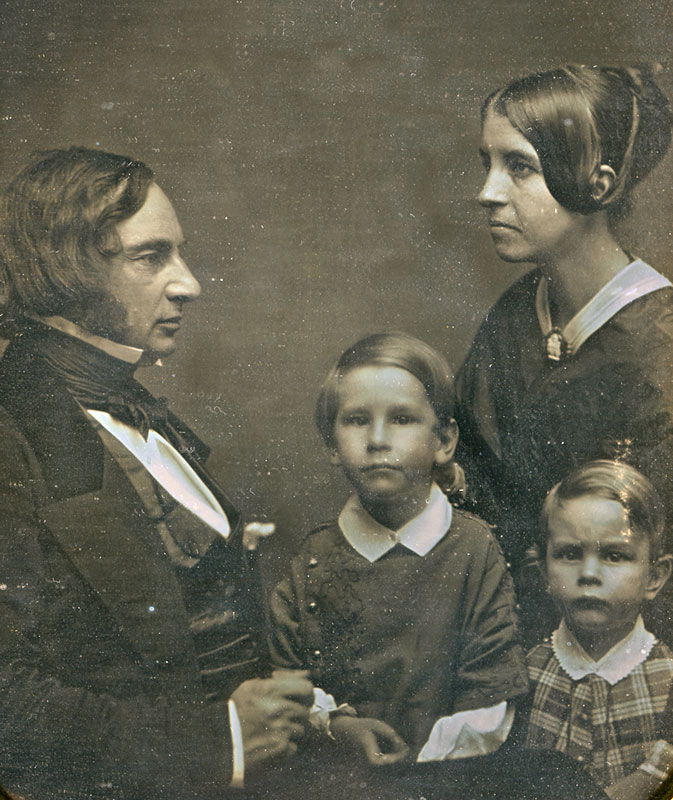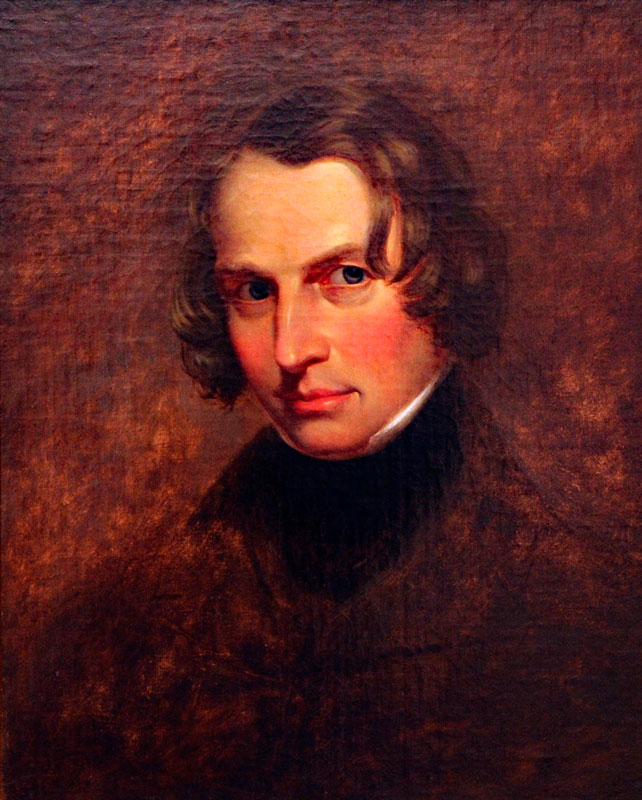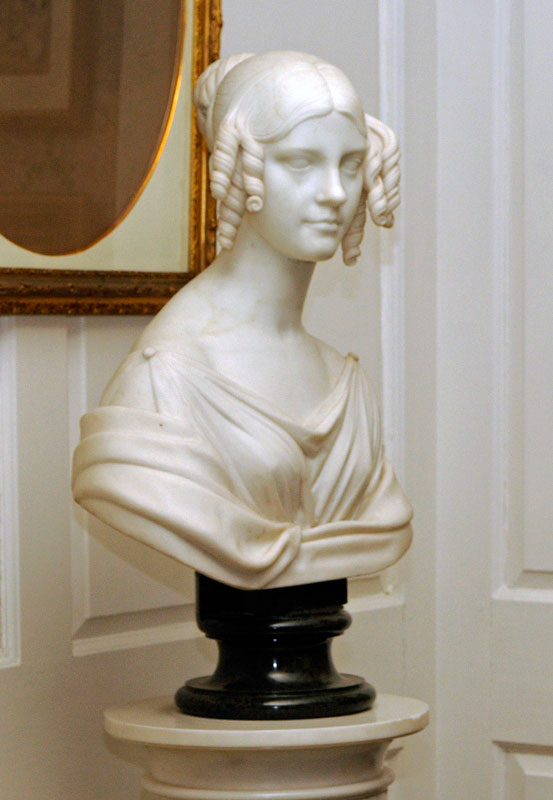Washington—and Longfellow—Slept Here
These scholarly efforts were instrumental in securing an invitation in 1835 from Harvard President Josiah Quincy to succeed George Ticknor, another bibliophile of the first rank, and namesake for the Ticknor Society in Boston. When recommending Henry to replace him, Ticknor wrote this: “I thought Longfellow’s knowledge of the language and literature of France, Italy and Spain quite extraordinary … He writes and speaks Spanish with a degree of fluency and exactness, which I have known in no other American born speaking the English as their vernacular.”
On both of his research trips abroad, Longfellow bought books by the dozens, not only for himself, but for the colleges he was representing, and in a multitude of languages. Among the many contacts he made during his stay in Spain was the legendary expatriate bookseller Obadiah Rich, credited by the bibliographer Nicholas Trübner with single-handedly creating the field of Americana in many stateside libraries, notably those of John Carter Brown in Providence, Rhode Island, and James Lenox in New York, forerunner of the New York Public Library (see my book, A Gentle Madness, pp. 157-160).
During the first six years of his residency in Craigie House, Longfellow was a boarder. His marriage to the Beacon Hill socialite Frances “Fanny” Appleton (1817-1861) in 1843 changed the dynamic dramatically. As a wedding present, Fanny’s father, the pioneering industrialist Nathan Appleton—he was the founder in the 1820s of the textile manufacturing city of Lowell, Massachusetts (see my FB&C column of November 2011)—bought Craigie House for the newlyweds, who were committed to maintaining the integrity of its historical legacy. Their lives together for the next eighteen years, so much of it passed in these rooms, comprise a good deal of the book I am now writing for Alfred A. Knopf, to be titled Cross of Snow: The Love Story and Lasting Legacy of Henry Wadsworth Longfellow.
It is no exaggeration to suggest that at the height of Longfellow’s popularity, his house became something of a secular shrine, a destination on a par with the White House in Washington and Mount Vernon in Virginia, and featured prominently in such books as Homes of American Authors (New York, Putnam, 1853), and in the major periodicals of the day. Lithographed likenesses of the hallowed façade appeared on every manner of ephemeral surface, from cigar boxes and calendars to postcards and broadsides. In 1918, a full thirty-six years after Longfellow’s death, Sears, Roebuck unveiled a self-assembly replica of the house called the Magnolia on the cover of its Homebuilders Catalog, available for purchase through 1927.
As gorgeous as this building is on the outside, it is even more compelling within. Paintings, furnishings, sculptures, artifacts, domestic items, children’s toys, photographs, all of them authentic and original to the Longfellows, are to be found in every room. Owned and maintained since 1972 by the National Park Service, the house is also a research center, with some 800,000 archival materials managed by a professional staff of curators and museum specialists that is, to my experience, second to none.
As hosts, the Longfellows welcomed numerous guests over the years, Ralph Waldo Emerson, Nathaniel Hawthorne, Henry David Thoreau, Julia Ward Howe, Harriet Beecher Stowe, Anthony Trollope, Mark Twain, Fanny Kemble, Wilkie Collins, Henry James, even Dom Pedro II, the last emperor of Brazil, and Prince Albert Edward, later King Edward VII of England, to cite just a few.
Visitors to the house can’t help but notice the books that line every room, just under 12,000 volumes, most of them shelved in the original order chosen by Longfellow, and in rooms throughout the house. During his years of residence, books were stored everywhere, the excess in shelves on the third floor, which is not open for public viewing. Today, those not on display are kept in compact shelving in the basement, where both General Washington and Longfellow had their wine cellars. Another five hundred or so were transferred to Houghton Library along with Longfellow’s vast body of correspondence and original manuscripts in the 1950s. In two instances—one of them in the first-floor study—Henry had his carpenters repurpose a window opening into book storage areas.
Space does not allow a full treatment of the books themselves here. Suffice it to say that Longfellow was a reader and a scholar first, a collector second, and the same can be said of Fanny, whose journal entries and letters brim with sophisticated critical assessments. Of its character, it can be said the contents are cosmopolitan to the extreme, with titles in forty-five languages and dialects—all of which, we can safely assume, he read in their original.
But the room that was his very special place—the same room where George Washington held his staff meetings and directed the war effort—is on the first floor, to the right of the front entrance, the room he called his study. Henry would be mightily amused to think of it as a precursor to what some in twenty-first-century America have come to call a “man cave,” but this very much was his personal place, his refuge, his gathering of special things that defined his interests, the place where he honored his friendships and achieved most of his professional accomplishments. It was here, too, where he met with his closest friends to advise him on his translation of Dante’s Divine Comedy into English, the first American to do so. (See my FB&C column from last year.)
I ’ll conclude here with George Washington Greene, and the description of the room as he saw it, in 1872. “Here Vassall gathered his loyal friends around him in Colonial days. Here Washington met statesmen and generals in the troubled days of the Revolution. Here most of Longfellow’s works were written. Here the Dante Club held its meetings. What a chapter of American history opens before us as we cross its threshold—too full a one to be told now, though we trust it will some day be written with all its details.”
I’m working on it, George. I’m working on it.











